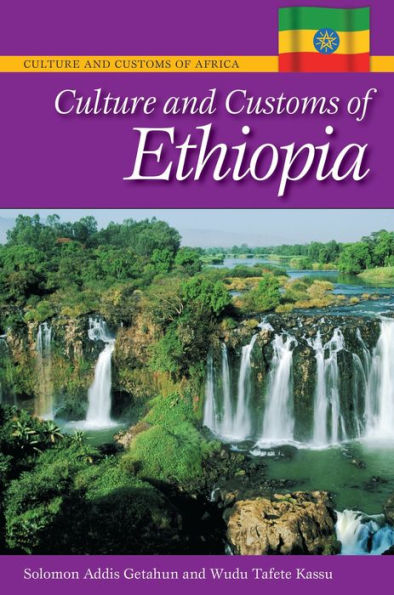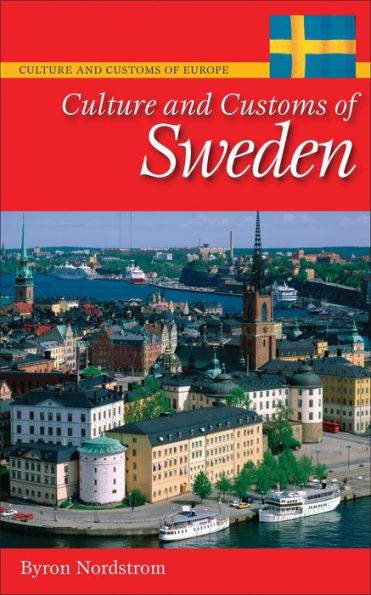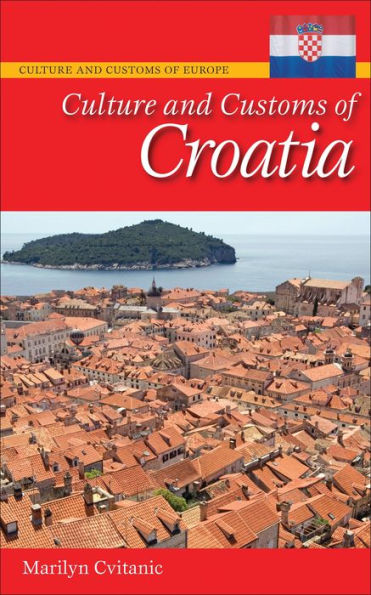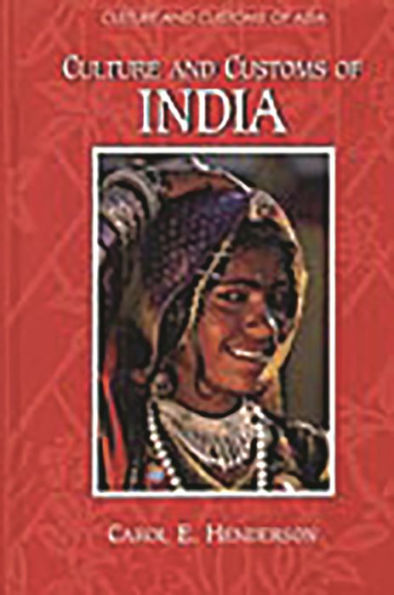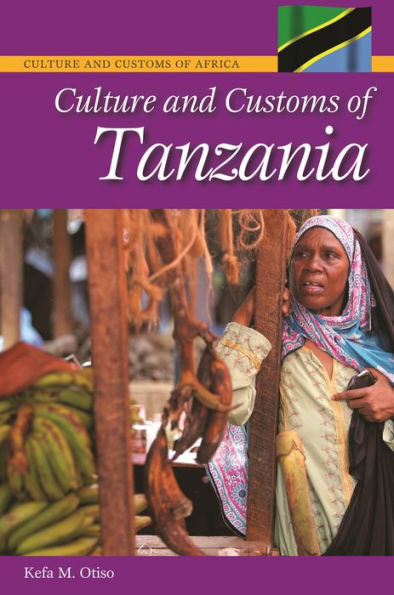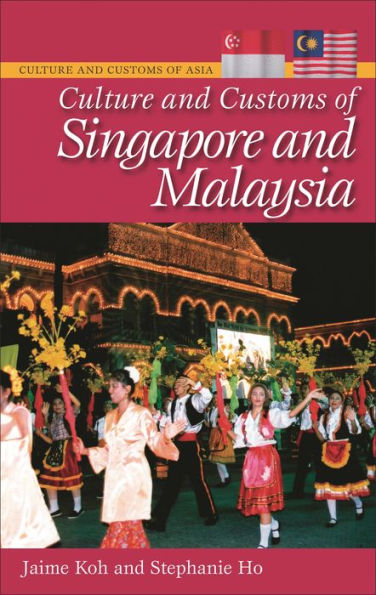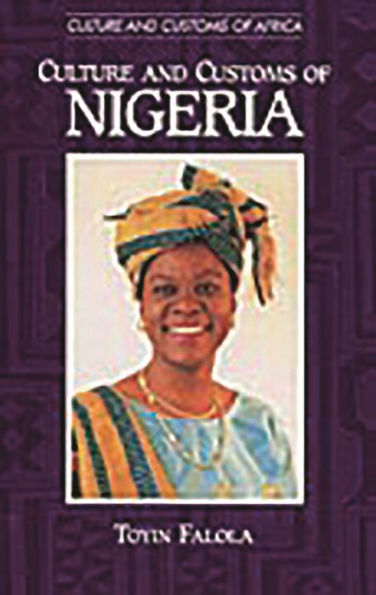Home
Culture and Customs of Somalia
Barnes and Noble
Culture and Customs of Somalia
Current price: $24.00
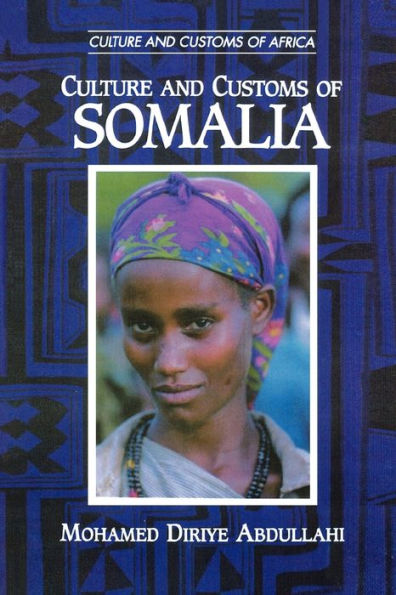

Barnes and Noble
Culture and Customs of Somalia
Current price: $24.00
Size: Paperback
Loading Inventory...
*Product information may vary - to confirm product availability, pricing, shipping and return information please contact Barnes and Noble
Somalia, the Horn of Africa nation, is finally recovering from recent wars and famine. Written by a native Somali,
Culture and Customs of Somalia
gives students and interested readers an in-depth look at the land and people, past and present. It is the only accessible, comprehensive, and up-to-date general reference on this country. Somalia was once colonized by Europeans, but Abdullahi's superb survey, with its historical context, evokes a Somaliland from a Somali viewpoint.
This Muslim country has strong pastoral roots and is known as a land of poets with a long oral cultural tradition. Some highlights found herein include discussion of handcrafts and artisanry, distinctive architecture and nomad housing, camel culture, intriguing food and eating customs, rites of passage, leisure and economic pursuits, education, and the Somali musical genres. A chronology, glossary, and numerous photos enhance the text.
Culture and Customs of Somalia
gives students and interested readers an in-depth look at the land and people, past and present. It is the only accessible, comprehensive, and up-to-date general reference on this country. Somalia was once colonized by Europeans, but Abdullahi's superb survey, with its historical context, evokes a Somaliland from a Somali viewpoint.
This Muslim country has strong pastoral roots and is known as a land of poets with a long oral cultural tradition. Some highlights found herein include discussion of handcrafts and artisanry, distinctive architecture and nomad housing, camel culture, intriguing food and eating customs, rites of passage, leisure and economic pursuits, education, and the Somali musical genres. A chronology, glossary, and numerous photos enhance the text.
